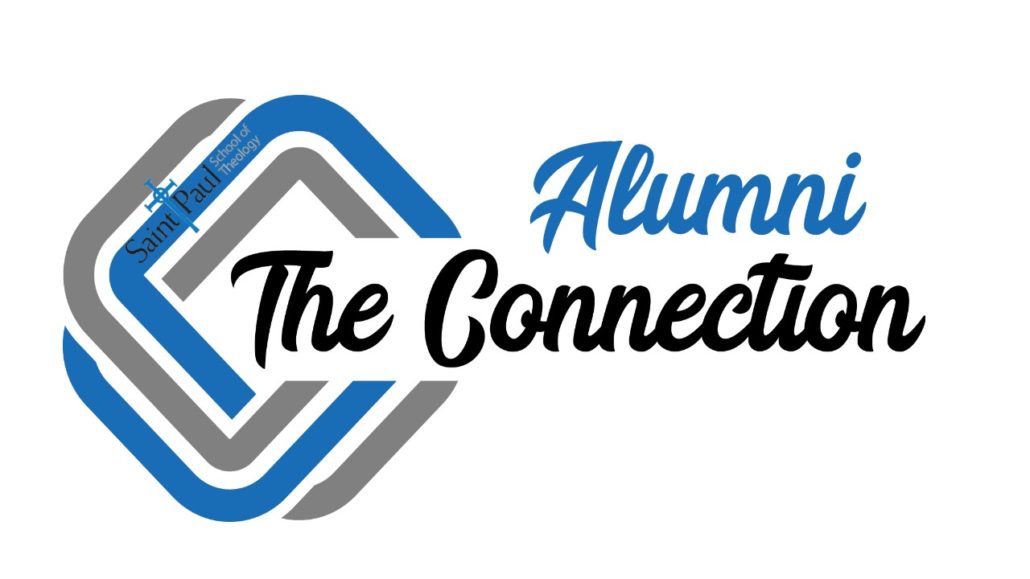
What Is There to Prevent Me? by alumna Rev. Colleen Riley
What is there to prevent me?
One’s narrative identity
Acts Ch., 8:27-37 Ethiopian Eunuch
Recently I read about a concept called narrative identity as it was described by Dan McAdams, Personality Psychologist and Professor of Psychology at Northwestern University. McAdam’s premise is that we use autobiographical narrative to find meaning using our own lived history. Throughout our lives we are building and changing our narrative identity.
Our spiritual lives are a big part of meaning making in our narrative identity. It matters if we relate to a God who interacts in human history or a Divine essence that is part of all that is. These things shape our narrative identity to make meaning in our lives. For Christians, narrative identity is also shaped by the intersection of one’s autobiographical narrative with the narrative of scripture. We may be grasped by metaphor, or by personal and collective theological narratives in scripture that evoke new meaning. Let’s see how this went for the Ethiopian Eunuch.
Philip, sent by an angel to leave Jerusalem and head toward Gaza, encounters the Ethiopian eunuch. After the scripture of Isaiah was interpreted by Philip, “telling him the good news of Jesus” Acts 8:35b, the eunuch asks a question. The answer to this question rewrites the eunuch’s narrative identity about who he is in the world.
The eunuch, in official service to royalty, working in close proximity to the queen was made sterile to insure that the royal bloodline not be diluted. Because the eunuch’s sexual status defined limitations, as Hebrew scripture outlines for many, the eunuch was compelled to ask of Philip when water was seen by the side of the road. “What is there to prevent me from being baptized?” Acts 8: 37. The eunuch was defined spiritually by limitations; entrance was often denied in Jewish tradition. It follows that the eunuch would question if entrance to faith in Jesus though baptism would be allowed. From limitation to full inclusion must have been written on the heart of a new narrative identity for the eunuch! It is indeed a shift in narrative identity to view experience from the center of the room rather than from the margins.
The captivating part of the passage that intersects my autobiographical narrative is that question, “What is there to prevent me…?” As clergy, and lesbian in a denomination which does not yet practice full inclusion, my narrative identity regarding call to ministry was being challenged by limitation. Ultimately, this limitation led to release of clergy credentials and a long period of feeling set aside from ministry. Connecting with Church Within A Church Movement (CWACM) finding there a spiritual community, reset the trajectory of ministry for me. “What is there to prevent me”, was answered by full inclusion. These days, as Clergy of CWACM my narrative identity as one called to ministry has found place. As leader of the Extraordinary Ordination Work Area I communicate with persons all over the United States who grapple with the eunuch’s question, “what is there to prevent me?”
Where has your own Narrative identity intersected with the narrative stories in scripture? How do you impart the Biblical narrative to those asking the question,” what is there to prevent me?” For many on the margins are waiting to hear good news of full inclusion.
(For more information on CWACM go to https://www.cwac.us)
